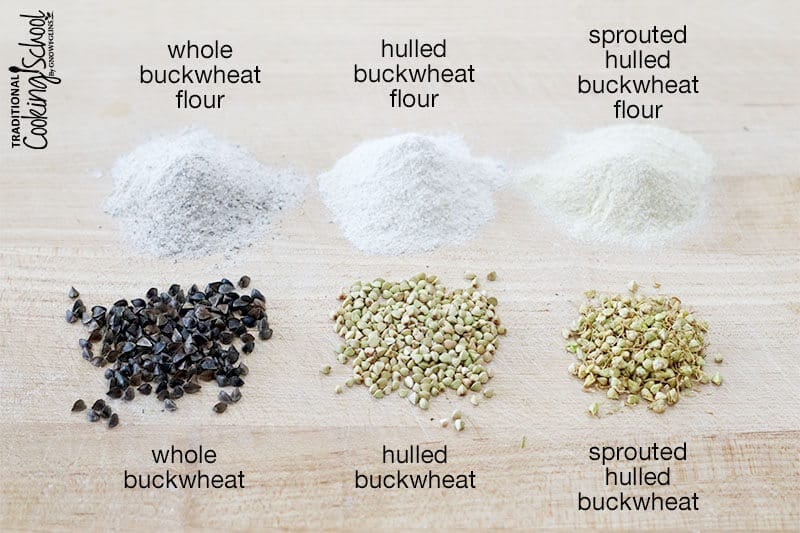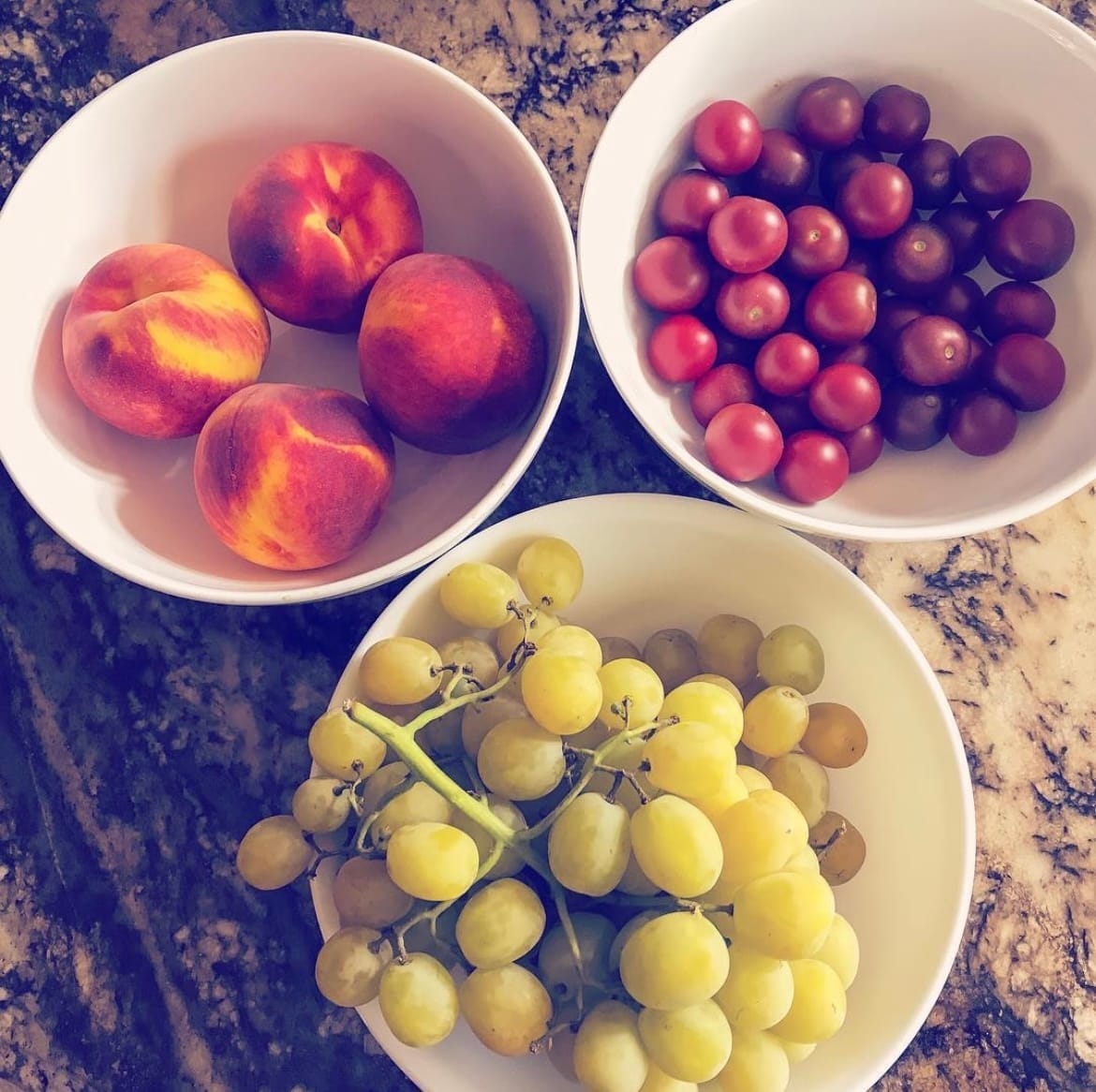
The power of buckwheat
Buckwheat is not a wheat, but a nutritious, gluten-free pseudocereal—a seed consumed like a grain—that grows on a flowering plant related to rhubarb and is used in dishes worldwide. It is a source of fiber, protein, and essential minerals like magnesium and zinc. Buckwheat can be found as whole or roasted seeds (groats), flour, or noodles (soba).
What Buckwheat Is A Seed, Not a Grain:
Despite its name, buckwheat is the seed of a flowering plant, not a grain from a grass.
A Pseudocereal:
It's categorized as a pseudocereal because its seeds are consumed and cooked similarly to grains.
Buckwheat is naturally free of gluten, making it a suitable option for people with gluten sensitivities.
Nutritional Profile
Rich in Protein: Buckwheat is a source of "complete" protein, containing all nine essential amino acids.
Good Source of Minerals: It provides significant amounts of magnesium, manganese, copper, phosphorus, zinc, and selenium.
High in Fiber: It contains ample fiber, which supports digestive health.
Contains Antioxidants: Buckwheat is rich in antioxidants, which may promote heart health.
Culinary Uses
-Whole Groats: Can be cooked into a hearty porridge (kasha), added to granola, or sprinkled on salads.
-Flour: Used in pancakes, crepes, and other baked goods.
-Noodles: Japanese soba noodles are made from buckwheat flour.
-Roasted Groats: Toasted buckwheat groats, also known as kasha, have an earthy, nutty flavor and a texture similar to rice.
One of my favorite ways to consume buckwheat is sprouting them and then turning them into granola, pizza crusts, breads, etc.












